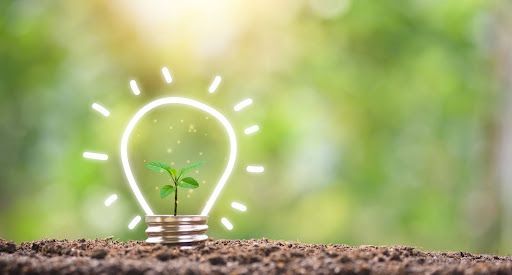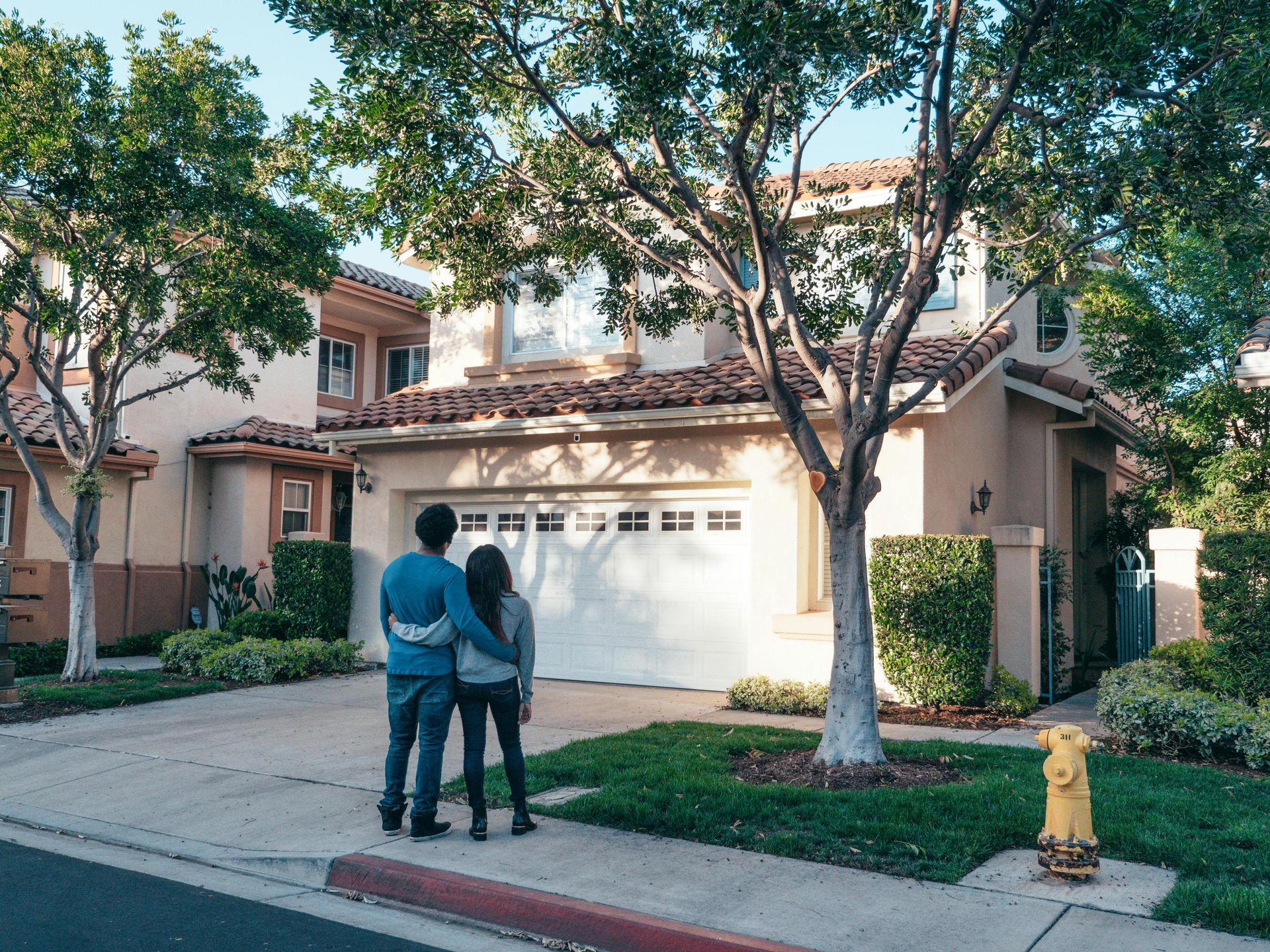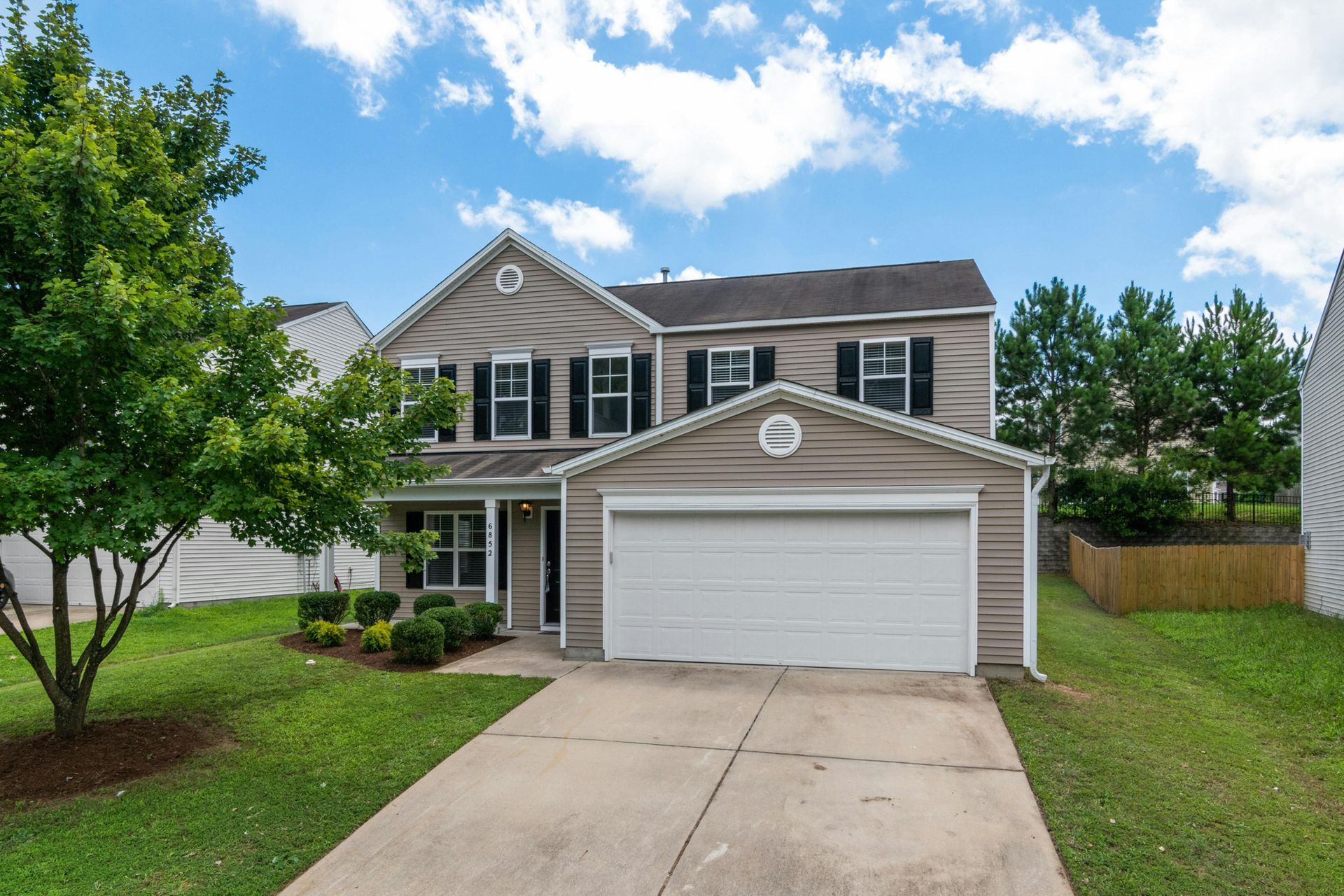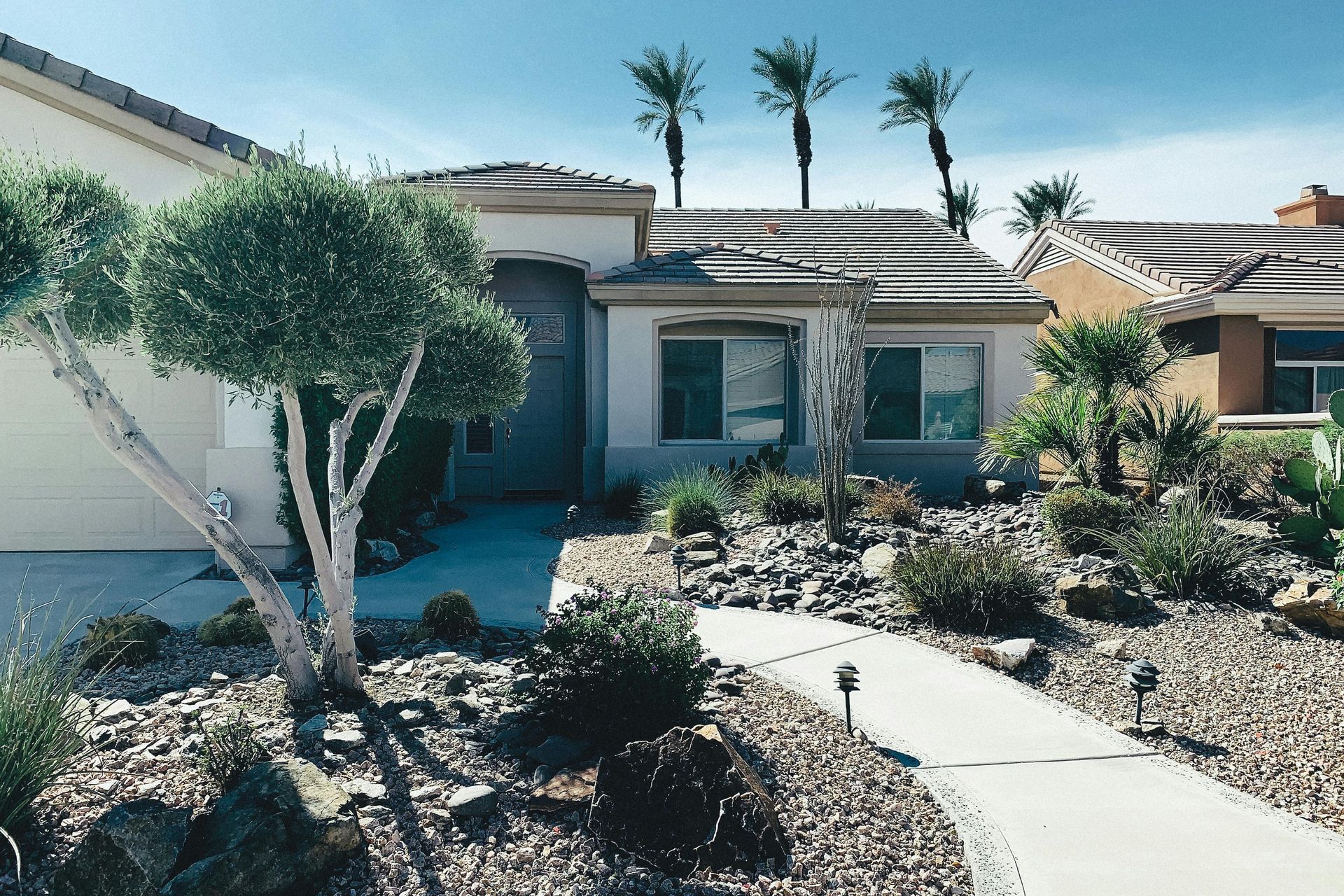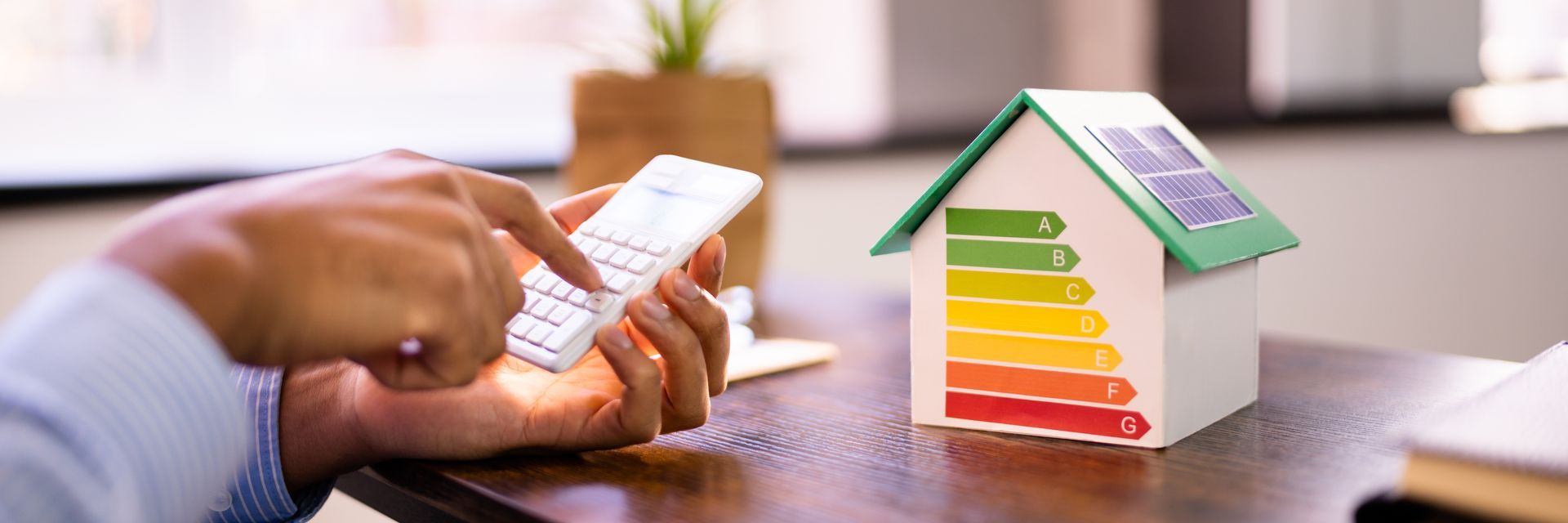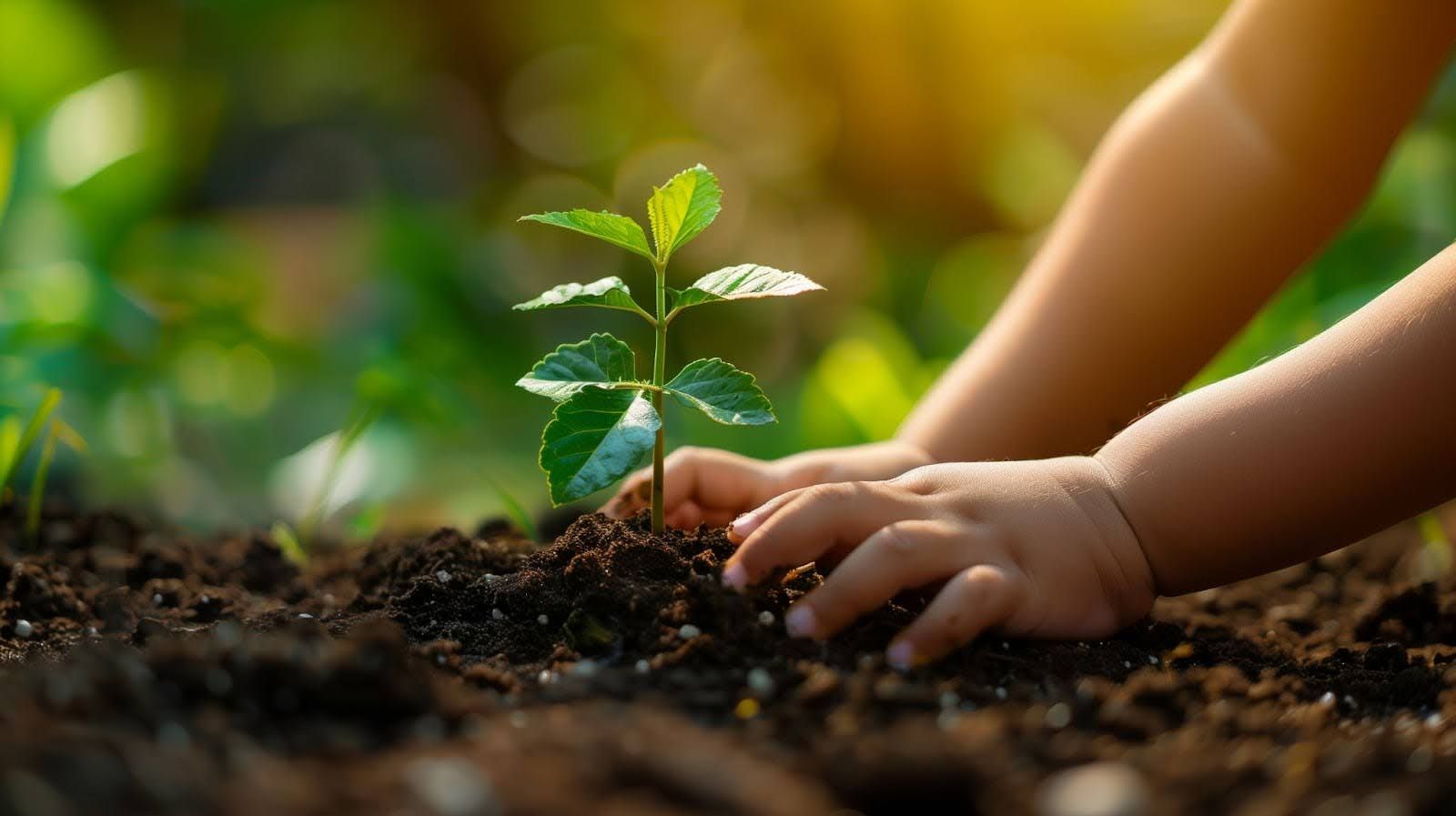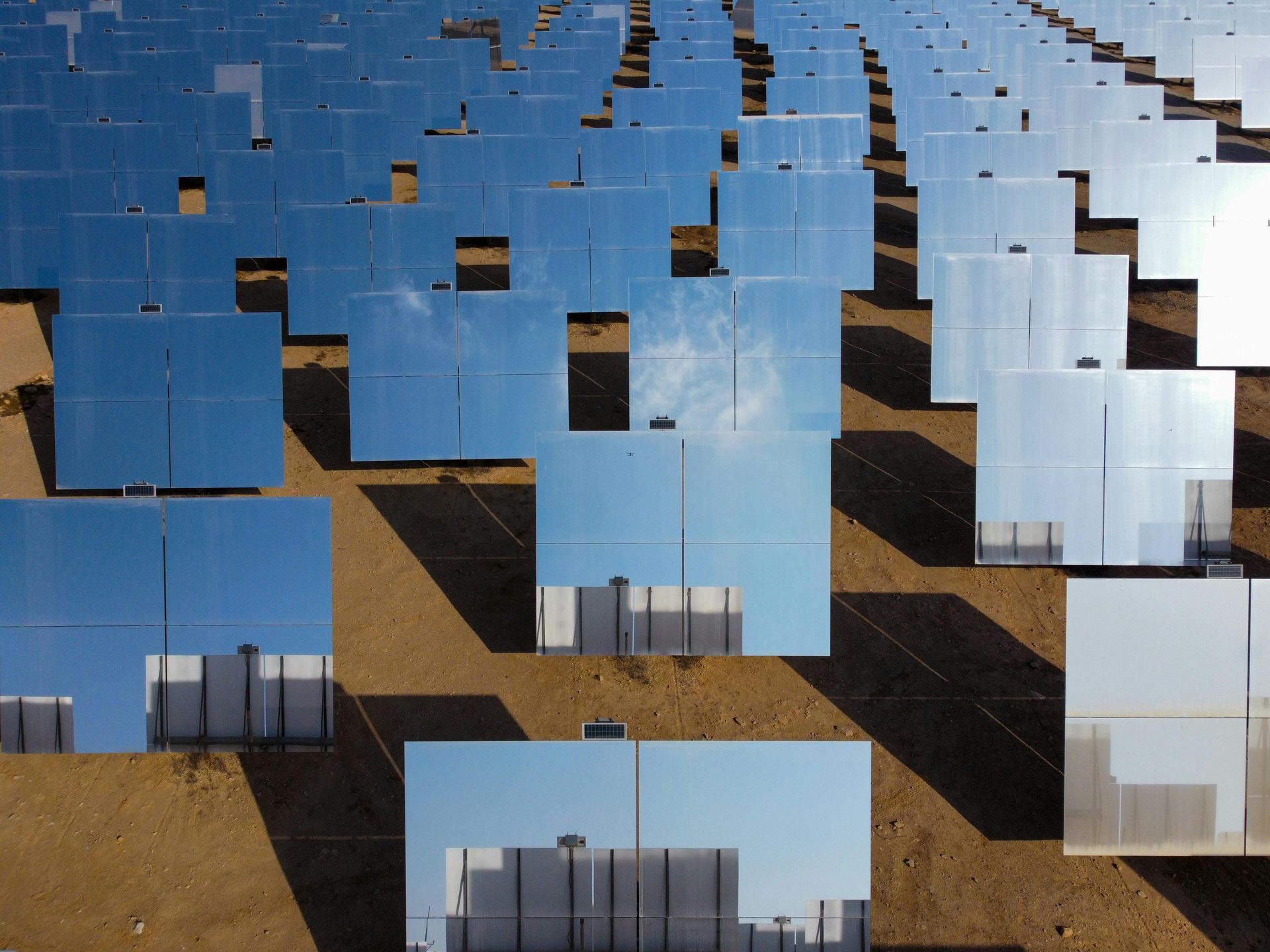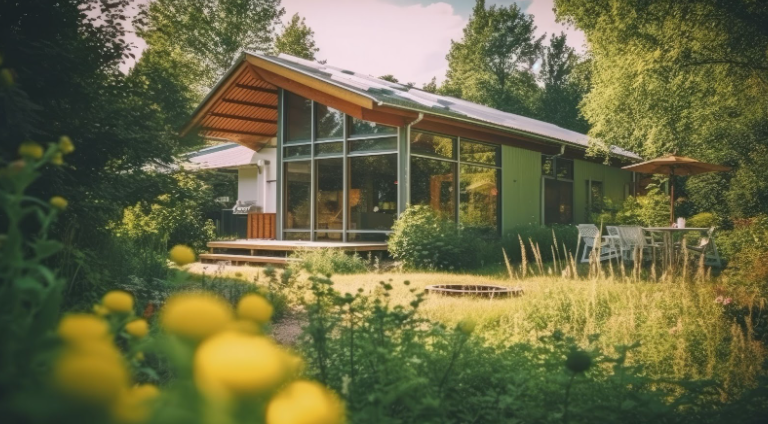Your Complete Guide to Financially Smart Eco-Friendly Home Buying
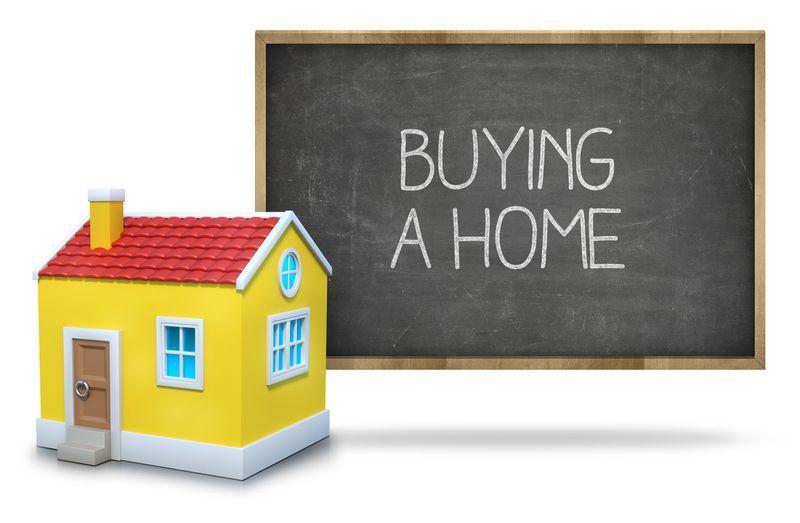
Purchasing an eco-friendly home is an investment in sustainability and long-term cost savings. Buyers who prioritize the environment in their home search must also consider the financial aspects of their decision. This guide details the critical elements of eco-friendly home buying, focusing on energy efficiency, sustainable materials, and green certifications, while exploring the financial ramifications involved in each category.
Evaluating Energy Efficiency
Energy efficiency stands at the forefront of eco-friendly home buying. Prospective buyers should assess the house's insulation quality, including walls, attics, floors, and basements, as proper insulation reduces energy costs significantly. High-efficiency windows and doors are crucial for minimizing heat loss, and energy-efficient HVAC systems should be evaluated for their condition and potential energy savings.
Homebuyers should prioritize houses with Energy Star-rated appliances, as these use less electricity and water compared to standard models. Energy-efficient lighting, like LED bulbs, also contributes to energy conservation and cost savings. Considering the inclusion of renewable energy sources, such as solar panels, is essential. Though the initial installation may be costly, many regions offer tax incentives for renewable energy use, which can offset the initial investment and decrease utility bills.
Choosing Sustainable Materials
Sustainable materials are beneficial for the environment and can reduce the cost of maintenance and replacement over time. Buyers should look for homes with flooring, cabinetry, and other fixtures made from bamboo, cork, or reclaimed wood, as these materials are both durable and renewable.
When evaluating a home, the paint and finishes should be non-toxic and low-VOC (volatile organic compound) to promote better indoor air quality, which is a key aspect of eco-friendliness. Inquiring about the longevity and maintenance requirements of these materials can help buyers understand the long-term financial benefits.
Understanding Green Certifications
Green certifications offer validation of a home's eco-friendly features. LEED (Leadership in Energy and Environmental Design), Energy Star, and the National Green Building Standard are among the most recognized certifications. These certifications often signify that a home meets stringent environmental and health standards, which can lead to savings in energy costs and an increase in property value.
Analyzing Water Conservation Features
Water conservation is another pillar of eco-friendly homes. Water-efficient toilets, showerheads, and faucets reduce water usage and can lower water bills. Properties with sustainable landscaping, including drought-resistant plants and efficient irrigation systems, also save water and decrease the need for expensive landscaping maintenance.
Investigating Insulation and Building Envelope
A property's insulation and building envelope contribute significantly to its energy performance. Buyers should assess the quality and type of insulation, looking for high R-values, which indicate more effective resistance to heat flow. The integrity of the building envelope, including the foundation, roof, exterior walls, and windows, should be inspected to ensure minimal energy loss.
Assessing Heating and Cooling Systems
The efficiency of a home's heating and cooling systems directly impacts energy consumption and costs. Homebuyers should consider the age, condition, and type of the HVAC system and explore the presence of programmable or smart thermostats that optimize temperature regulation.
Planning for Long-Term Costs and Savings
An eco-friendly home can entail higher upfront costs, but buyers must balance this with long-term financial planning. Lower utility bills, reduced maintenance costs, and potential tax incentives for green upgrades can recoup initial expenses. Buyers should calculate these long-term savings when determining their budget and financing options.
Gauging Local Market Conditions
Local market conditions can affect the cost of eco-friendly homes. Some regions may have a higher demand for green features, impacting the purchase price. Researching the local real estate market can provide insight into the premium placed on eco-friendly homes and how this investment is likely to appreciate over time.
Considering Resale Value
Eco-friendly homes often have a higher resale value compared to standard homes. Buyers should consider the potential for an increased resale value as part of their financial calculations, particularly as eco-friendly features become more sought after in the housing market.
Seeking Professional Advice
When purchasing an eco-friendly home, it's beneficial to work with real estate professionals who specialize in green properties. These experts can help buyers navigate the complexities of eco-friendly home buying, ensuring that financial considerations align with environmental priorities.
Owning an eco-friendly home is a commendable aspiration that aligns with financial prudence. By meticulously considering energy efficiency, sustainable materials, green certifications, and water conservation features, prospective buyers can make informed decisions that serve both the planet and their wallets.
The checklist offered in this guide is designed to assist buyers in making a financially smart eco-friendly home purchase and enjoy the benefits of sustainable living. As the trend toward eco-consciousness grows, the savvy eco-friendly home buyer stands to gain not only a healthier living environment but also considerable cost savings and an advantageous position in the future real estate market.
Ready to embrace sustainability while securing your financial future? Contact us today to unlock your comprehensive guide to eco-friendly home buying, where cost savings meet green living. Start your journey towards a smarter, more sustainable home today!
